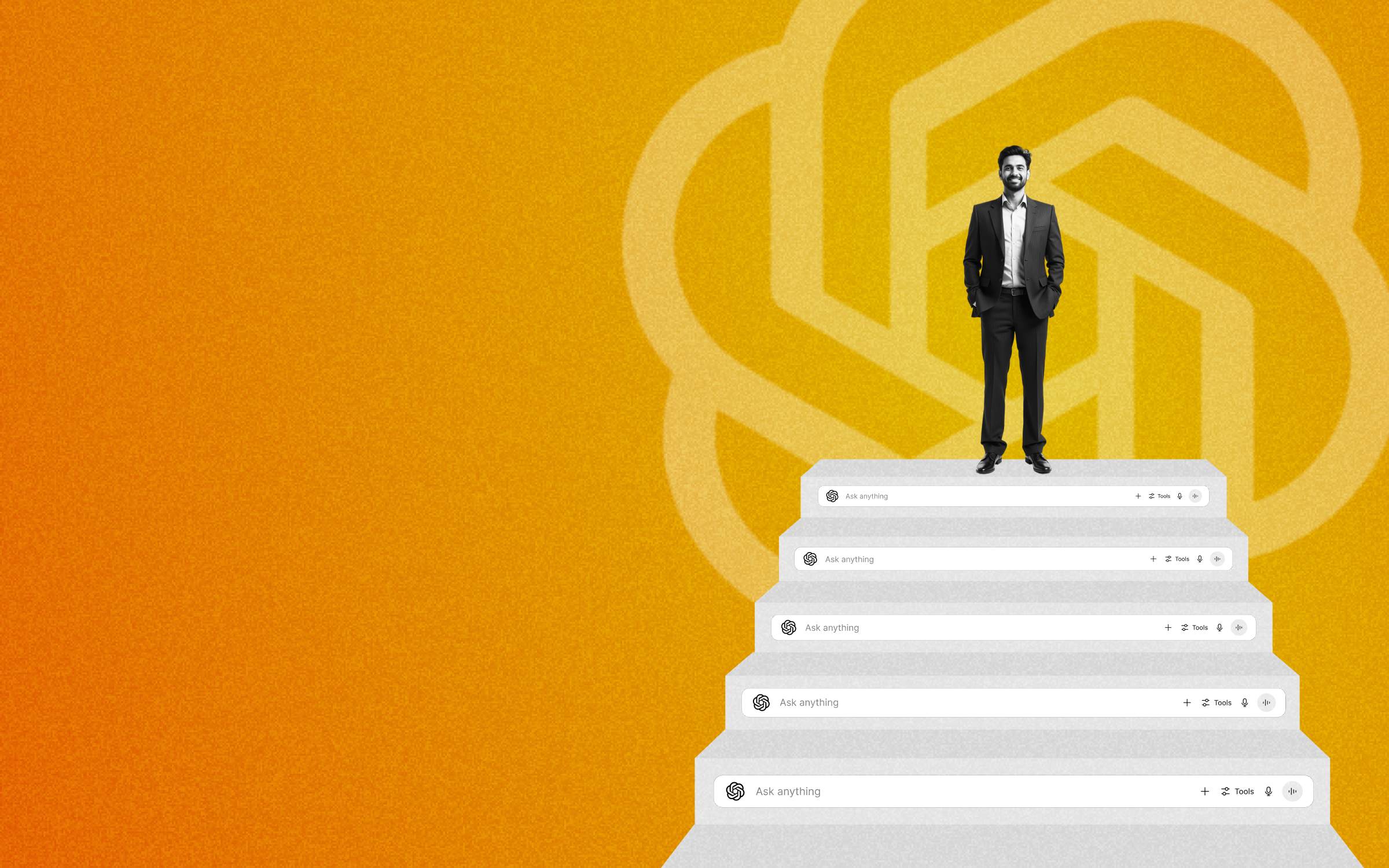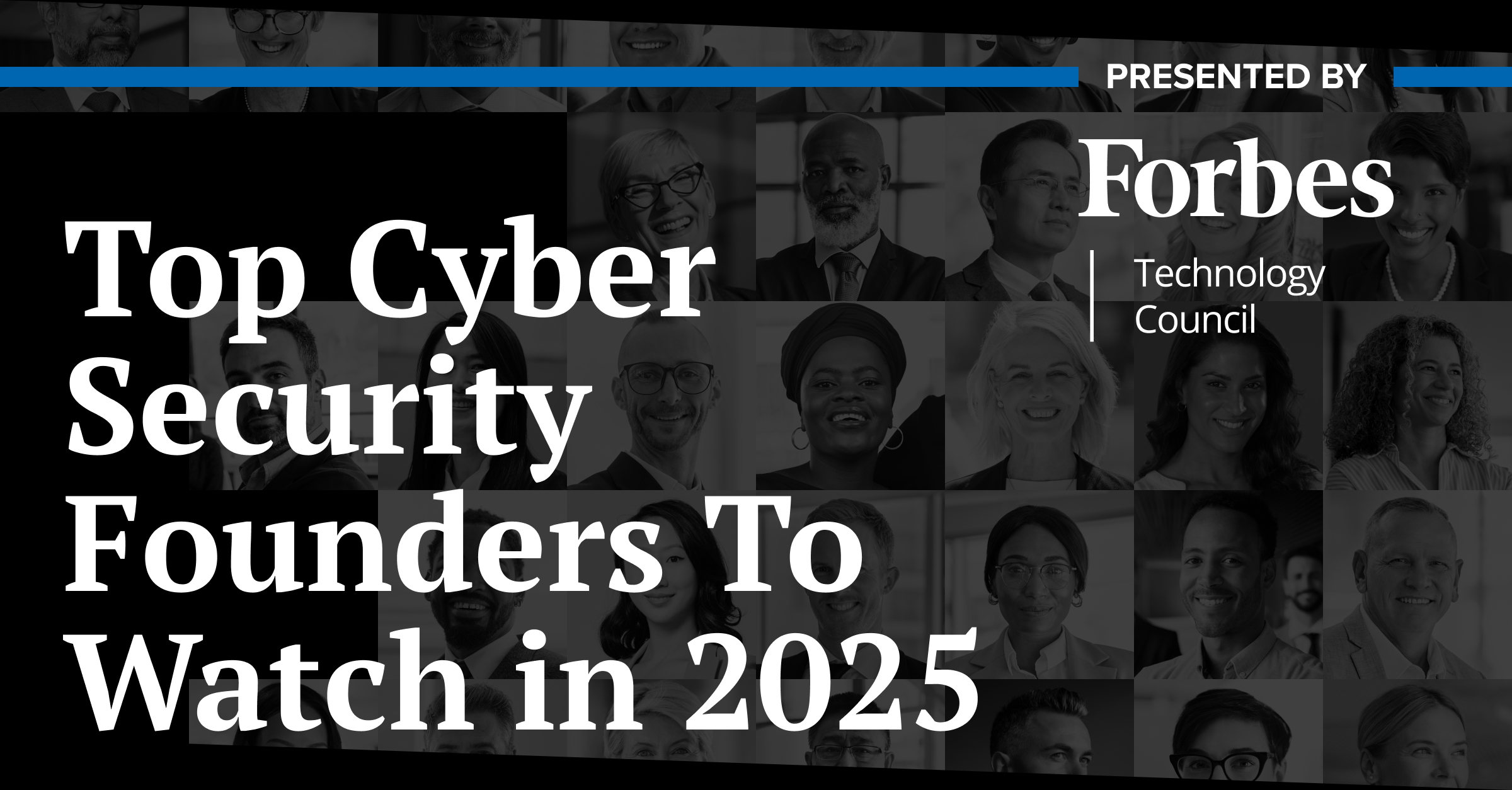For many, the pandemic illuminated the importance of strategies to tackle oppression, but we still have a long way to go. Back in 2017, organizations like Walmart were still paying over $7 million in a class action suit, after an employee was unable to enroll her wife for the spousal health insurance benefit from 2008 to 2014. When her wife was diagnosed with ovarian cancer in August 2012, the couple was forced to pay an estimated $150,000 for uninsured medical expenses related to her cancer treatment.
Maybe your team has always thought critically about the challenges that Lesbian, Gay, Bisexual, Transgender, Intersex, Queer and/or Questioning, and Asexual and/or Agender (LGBTQIA+) staff face, but if you have not yet gotten around to doing so, there is probably work to be done. This can include consulting your Employee Resource Group (ERG) or working with a consultant to ensure that you are meeting the diverse needs of your LGBTQIA+ staff equitably.
To help your organization get started or continue to develop on this necessary journey, it may help to review the impressive strides companies are making with LGBTQIA-inclusive benefit offerings, especially after Roe v. Wade was overturned by the Supreme Court.
Prevent Psychological Tolls With Proactive Planning
“Our benefits team would’ve preferred to know ahead of time if any of our trans team members would be denied coverage so we could have prevented the psychological toll it can have on an employee to be denied gender-affirming benefits,” says Pamela Mattsson, senior vice president of people and organizational development for Outreach, a sales engagement platform startup.
While the startup speaks to their LGBTQIA+ ERG in an effort to ascertain which benefits are most important to them, the senior leadership team had not expected that a trans team member could be denied equitable health benefits until exactly that happened. Mattsson notes that their head of global rewards personally met with the healthcare insurance broker to ensure this would not recur in future, as they want the needs of those who are not out at work to be heard in a safe way.
“We are developing an LGBTQIA+ specific benefit guide and participating in the Human Rights Campaign’s next Corporate Equality Index submission in February 2023,” explains Mattson. “To track our commitment to LGBTQIA+ employees, we have started collecting demographic information voluntarily from those who identify as LGBTQIA+ for an internal pay equity analysis.”
The impact of senior leadership speaking in support of all employees, including LGBTQIA+ is critical. One such example is Outreach’s Rainbow ERG focused on LGBTQIA+ efforts, which has hosted Virtual Pride Socials and shared Pride Inspiration Stories.
“Overall, the experience of being an LGBTQIA+ employee at Outreach is one of inclusion and belonging as one of the company’s core values is we find strength in diversity, equity, and inclusion. To hear your CEO speak out against oppressive legislation changes the game,” says Victor Ongpin, learning and development program manager, and co-chair of the Rainbow ERG.
Expanding Fertility Coverage to Support LGBTQIA+ Families
Another key area where you can support your LGBTQIA+ staff is by expanding health coverage benefits.
“All of our medical plans support gender affirming care. In 2022, Truss expanded an existing medical plan to increase the fertility coverage for employees and their partners to a $20K lifetime coverage,” says Everett Harper, CEO and co-founder of Truss, which builds software and teams.
Harper notes that this enhanced medical plan requires a small premium cost share between the employer and employee, but this initiative is grounded in the ability to provide equitable options for all their employees and support efforts to expand their family when assistance is needed.
“Understanding the process for prescription approvals, and the obstacles that LGBTQIA+ staff would encounter helps when it comes to accessing care,” adds Harper.
All employees receive 160 hours of sick leave at the beginning of the year or allocated at the time of hire to care for themselves and their loved ones.
“A loved one is not defined as a legal family member like a spouse or child by birth, but it can be for a domestic partner or their child, and includes paid time off for gender-affirming healthcare,” says Harper.
Making Strides in North America and Globally
For insurance company Manulife, their focus has been on supporting LGBTQIA+ employees across the business — from their North America offices to their international offices.
“From a global perspective, our employee benefits are designed to support families of all definitions. All colleagues globally enjoy same-sex benefits where permitted by regulations, and Manulife added gender-affirming benefits in North America and Hong Kong,” says Michelle Taylor-Jones, global chief diversity, equity, and inclusion officer at Manulife.
In the US, Taylor-Jones highlights that John Hancock, a subsidiary of Manulife, offers access to gender affirming coverage for staff, including for surgical procedures such as Adam’s apple reductions, cheek or breast augmentation, as well as non-surgical treatments such as voice training.
“We have made our communications within North America gender neutral. An example of this includes updating our fertility or maternity benefits communications by referring to gestational carriers versus females – making this statement more inclusive,” explains Taylor-Jones.
Company ERGs play a significant role in advancing the DEI strategy at Manulife by providing valuable support and advice, creating a community connection globally within Manulife, and raising awareness of issues and challenges. One example of this is PROUD, the Professionals Reaching out for Unity and Diversity ERG which promotes an inclusive workplace for LGBTQIA+ employees to promote their contribution to the company.
Support Gender Neutral Bonding Leave
Another benefit of inclusive care is providing leave time that is gender neutral in its guidelines so that all employees, regardless of how they identify, can take time off for their families.
“We create an environment where each person can live fully and bring their authentic self to work. An example of this is our gender-neutral child bonding leave with time away to welcome a new child. The time away isn’t based on gender, but rather based on the caregiver role, either primary or supporting,” says Ted Kezios, Cisco’s vice president of global benefits.
In the US, Cisco’s self-insured medical plans provide coverage for services to address gender dysphoria, such as hormone therapy, provider services, behavioral health care, gender reassignment surgery, and specific additional surgical services to support gender transition.
Furthermore, Kezios notes that any care associated with the treatment of gender dysphoria is also eligible for their Travel and Lodging coverage, as informed by the World Professional Association for Transgender Health Standards of Care, and best-available clinical evidence.
In response to anti-LGBTQIA+ legislation in the US, Cisco’s self-insured medical plans provide a combined lifetime maximum of $10,000 for eligible travel and lodging expenses associated with gendering affirming care and abortion services, including relocation, according to Kezios.
Pay Equity as Part of Equitable Benefits
While pay equity may not be what first comes to mind when you think about how to support LGBTQIA+ staff equitably, this is an inherent part of the workplace diversity, equity, and inclusion initiatives at Hootsuite.
According to Paul Dhillon, director of total rewards at Hootsuite, the company reached pay equity across the entire organization in 2021, with the pledge to honor equal pay for all employees, regardless of factors such as gender, sexual orientation, neurodiversity, age, race, or ethnicity.
This includes equitable mental health access, as employee surveys told them that the needs of staff went beyond traditional counseling. “We now provide 100% coverage on mental health-related treatments in North America to ensure that our people can visit the practitioners that best align with their needs, without incurring adverse financial impacts,” says Dhillon.
In 2021, Hootsuite introduced coverage for fertility treatments and support for family planning. “In Canada, we offer a lifetime maximum of $12,000 for fertility treatments, including egg freezing and IVF, and cover medication and testing, in addition to treatments,” notes Dhillon.






